Solving puzzles and taking selfies in the colorful islands of Solo
Come for the puzzles, stay for the love.
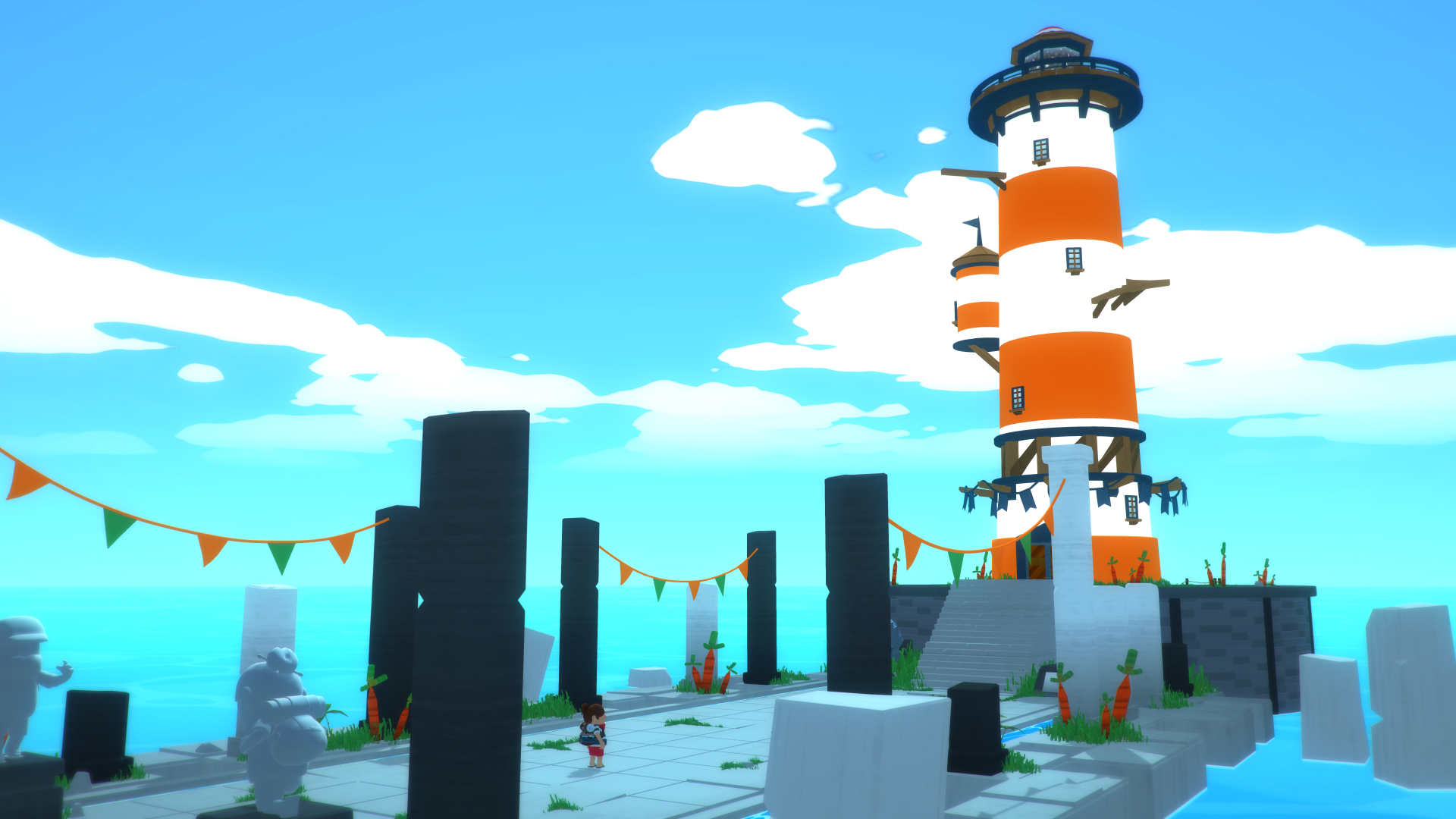
Solo, a self-described introspective game about love, had the enormous misfortune of being played by me, someone more interested in its art and puzzles than its romantic sentiments. As far as I'm concerned, it's a third-person puzzler about visiting vibrant archipelagos, but while I came in indifferent, I actually started to enjoy its wistful commentary and even look forward to it. It's provocative, and sometimes it's fun to answer The Big Questions about yourself in a safe environment, especially when that environment is so dang pretty.
It's a bit of a Myers Briggs situation. You start the game by choosing your gender, the gender you're interested in, how you'd like to be represented in-game, and naming your most beloved. And while "an introspective game about love" is a blue sky proposal if I've ever heard one, Solo does a pretty convincing job of selling that experience. The story puzzles consist of activating a little lighthouse and then talking to the totem the lighthouse awakens, so the challenge is building a path to the lighthouse and the totem using a variety of blocks. Each totem you speak to poses a question about love, and future questions change based on your responses.
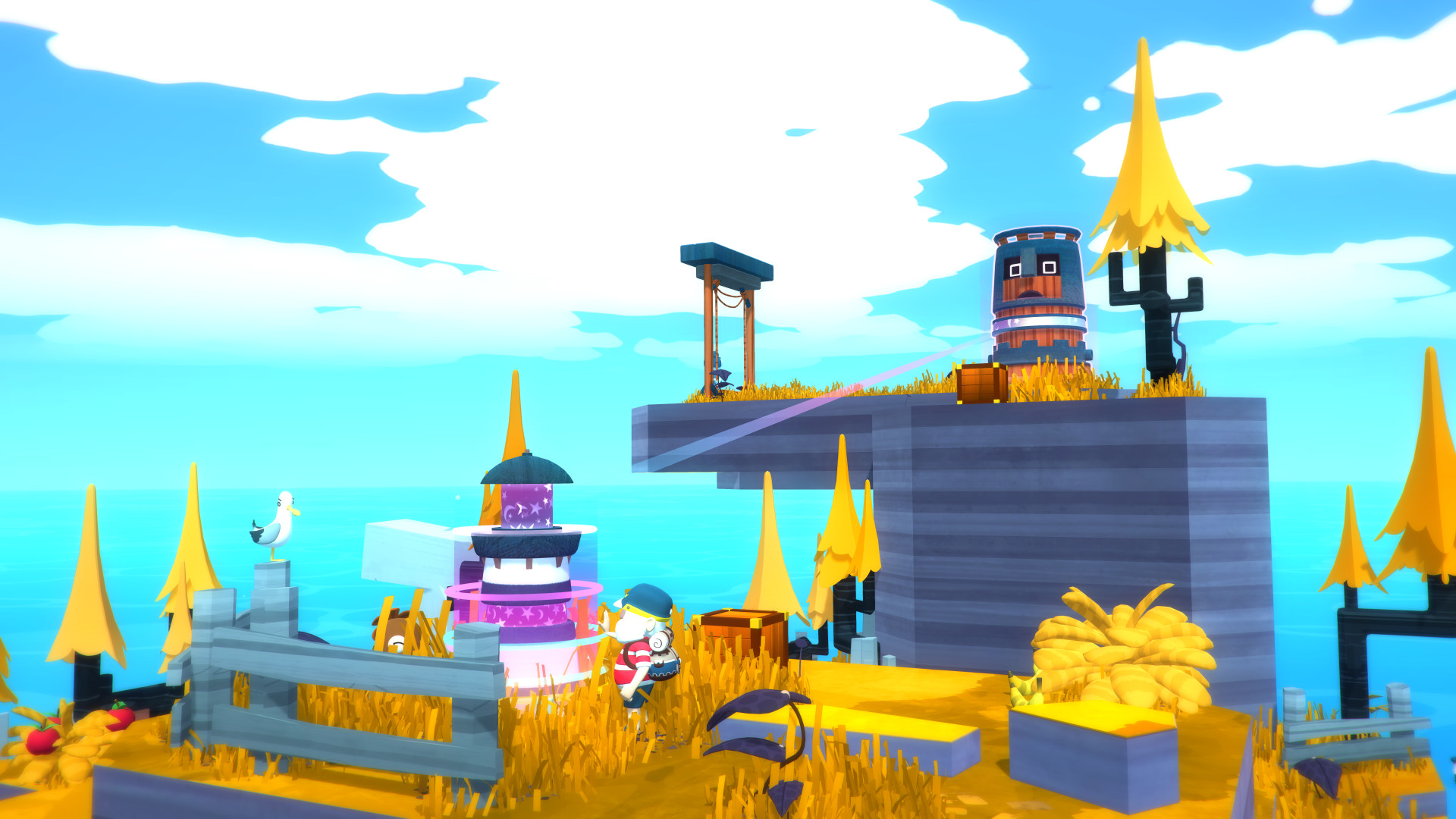
The first question is the big one: are you in love, have you fallen out of love, or have you never experienced love? The personalization builds from there with questions about what you want out of love and what you would be willing to give up for love, and after a while I was eager to hear the next question just to see how well it reflected my previous answers. Solo is much simpler and less direct than the branching dialogue and subplots of big-budget RPGs, but it's still fundamentally satisfying to see a game world acknowledge your input.
There's enough give to the system that two people could probably get totally different experiences out of it, but while Solo does a pretty good job of respecting the player's individuality, I wasn't always satisfied with the options I was given. You could argue that, well, that's love, but it's still disappointing to see otherwise agreeable yes/no responses stapled to deal-breaking clauses, and reluctantly choosing the least awful option is especially disheartening when I know the future is going to be shaped by my choice.
Where the whole love thing focuses on self-reflection, Solo's adorable world is all about playfulness. Your character carries a camera you can use to take snapshots and selfies, as well as a guitar whose melodies can change the world around you by entreating nearby creatures or changing the visual filter. There's a monochromatic option, but I can't imagine why you'd want to mute Solo's lovely colors. Islands are done up in bright, contrasting tones, and they're all fantastically silly places with pink elephants and cubist trees and oddly endearing mole monsters. Speaking of which, let me you introduce you to Phil, Geoffrey, and Penelope, my new best friends for whom I'd solve any number of puzzles:
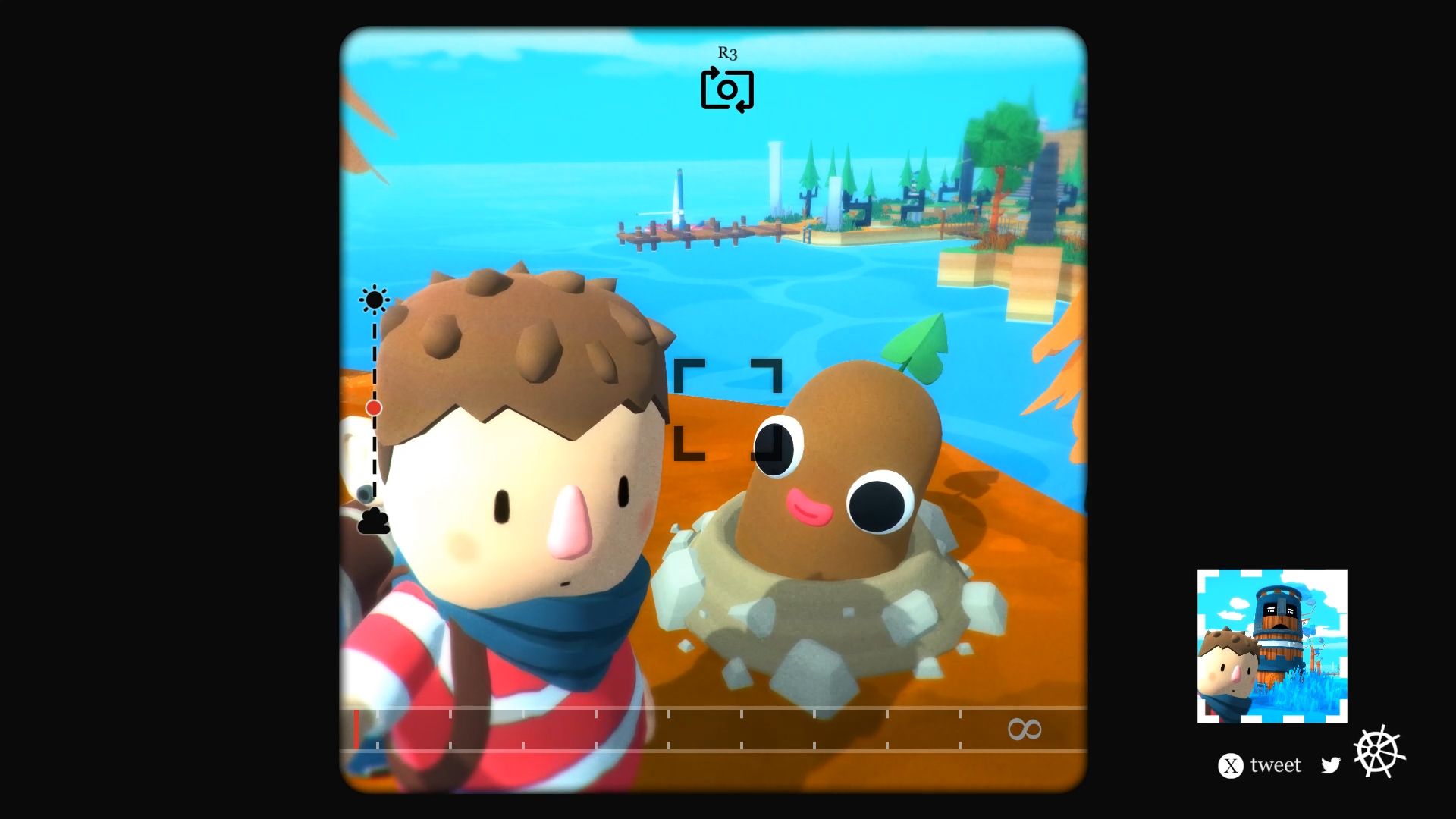
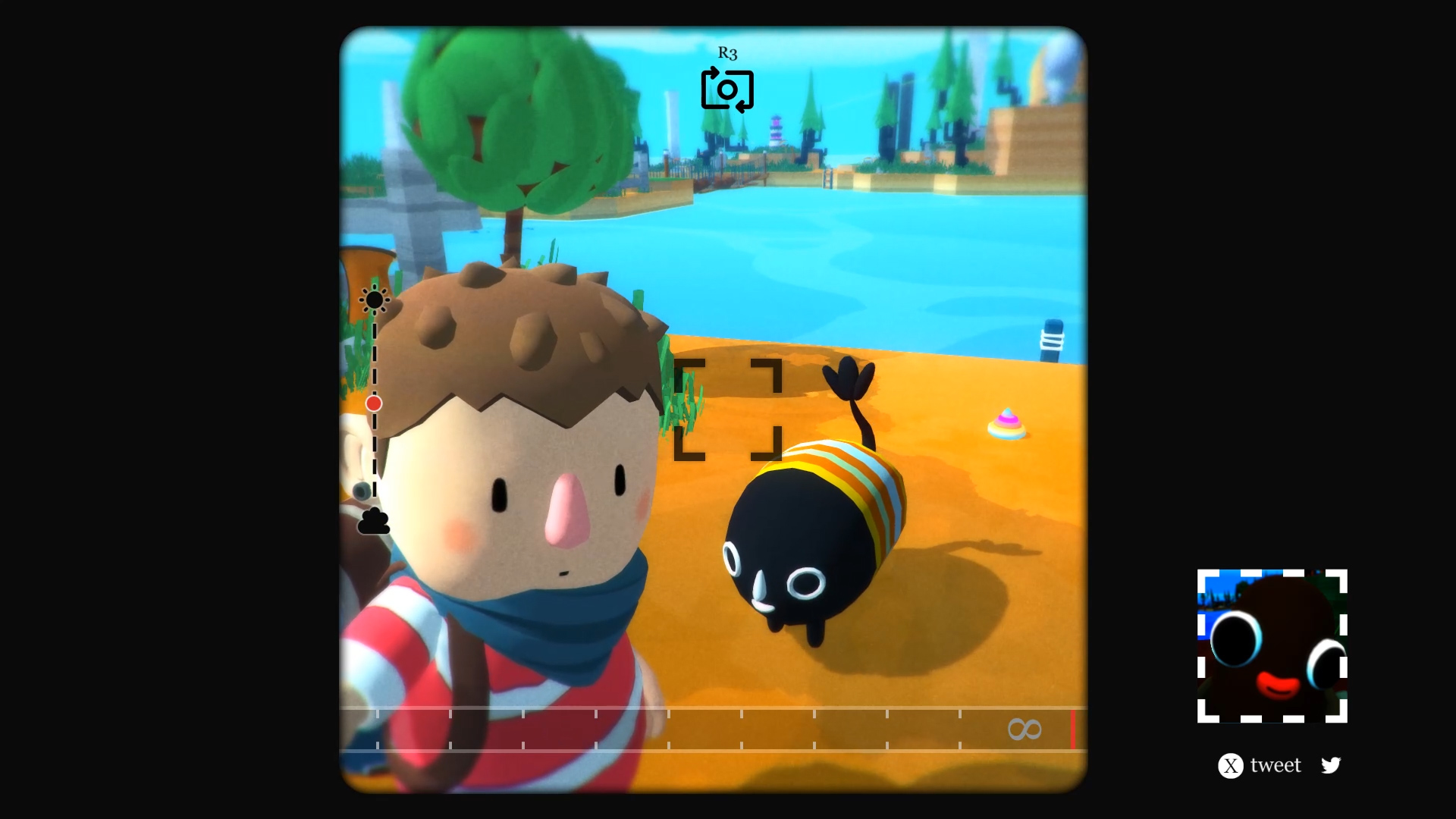
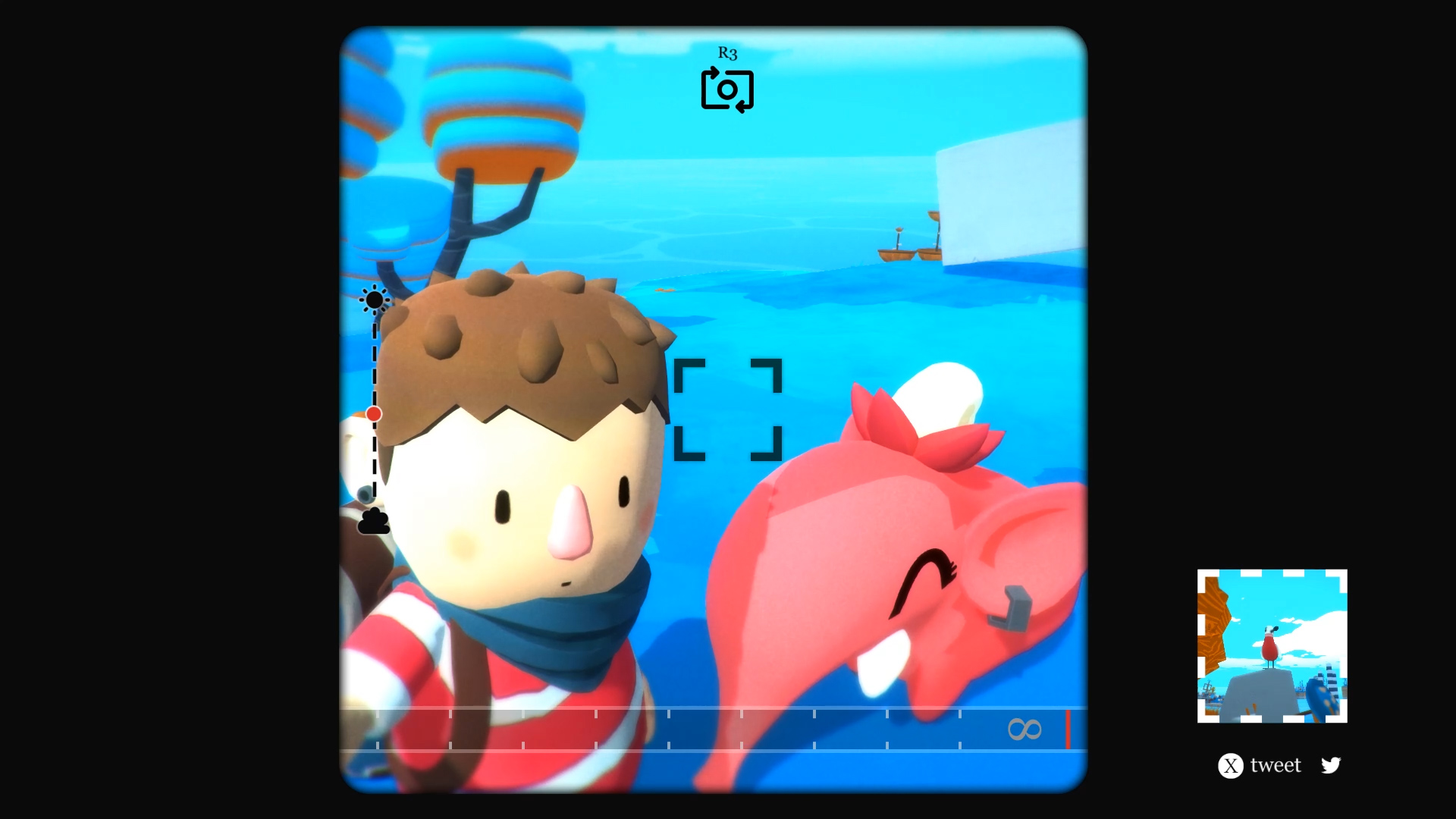
Quite frankly, I don't see why we want to leave the islands, but that's what the puzzles call for and who am I to disobey? Initially, you're just building makeshift staircases by stacking blocks, but you quickly unlock a staff that lets you position and rotate blocks using an awkward but manageable cursor. Your bridges grow exponentially more complex as you encounter new block types, from air vents which can lift other blocks to suction cups which stick to walls, and it's fun learning how you can combine different blocks. You also have a parachute you can use to glide short distances, and the right answer (or at least the most fun one) is often building a tall launch pad and parachuting down to the totem. Solo values creativity more than physics, so you can build some absurd floating contraptions if you really set your mind to it.
Virtually every puzzle has multiple solutions, so you're encouraged to experiment. Which is good, because Solo's puzzles are more fun to tinker with than to think about. Rather than tests of logic or pattern recognition, they're more like those old locked ring or wooden block puzzles. The fun is in the fiddling and figuring out, not the solution. It's the opposite of games like Portal or QUBE where you stop and meticulously work through levels in your head, but Solo is still plenty fun to solve.
The biggest gaming news, reviews and hardware deals
Keep up to date with the most important stories and the best deals, as picked by the PC Gamer team.
New blocks are introduced at a healthy pace, and optional puzzles liven up islands with unique challenges like rerouting water or building a bridge so Geoffrey can reunite with his wife. I was especially fond of the puzzles that cap off each archipelago, where you place blocks in front of a light so that their shadows line up with the outline you're given. These puzzles are more difficult than the island ones and make you play totally differently, and just as importantly they gave me a shot of the careful, calculated reasoning that I love about puzzle games.
Even if, like me, you don't get super invested in Solo's lovey-dovey story, it's still interesting to watch it play out, and the islands are worth it for the puzzles and visuals alone. For me, it wasn't a profound meditative experience, but it was an enjoyable one. Solo is now out on Steam and GOG if you want to try it for yourself.

Austin freelanced for PC Gamer, Eurogamer, IGN, Sports Illustrated, and more while finishing his journalism degree, and has been a full-time writer at PC Gamer's sister publication GamesRadar+ since 2019. They've yet to realize that his position as a staff writer is just a cover-up for his career-spanning Destiny column, and he's kept the ruse going with a focus on news, the occasional feature, and as much Genshin Impact as he can get away with.

